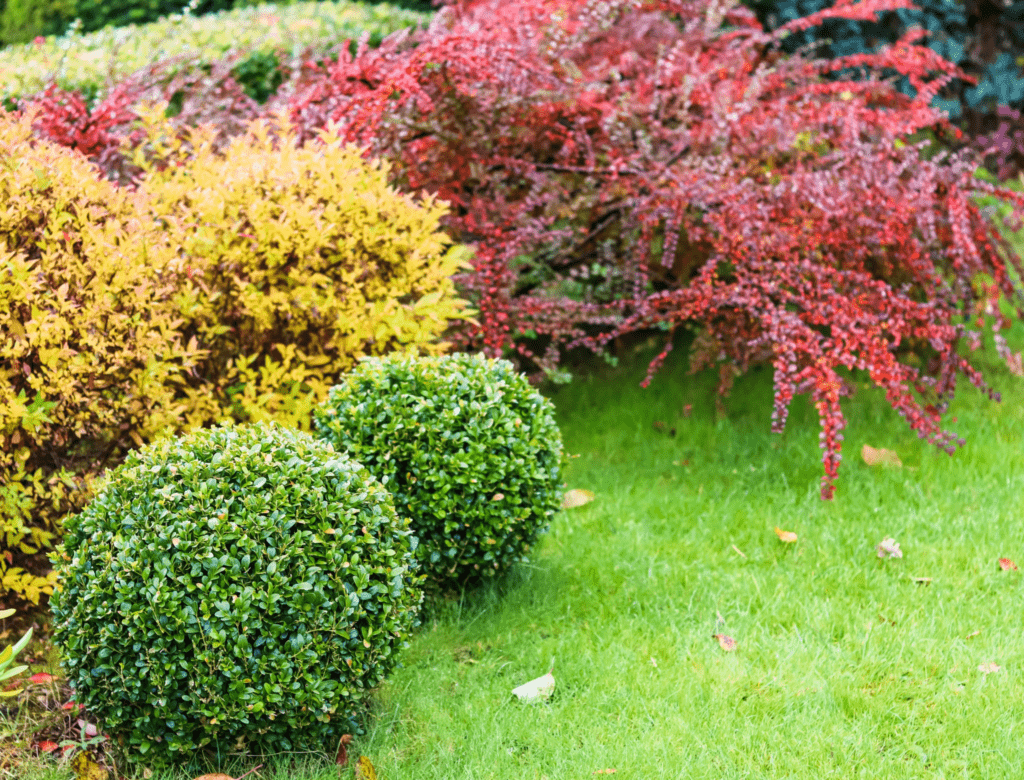What is ornamental plants? Have you ever seen a beautiful, lush flower that grabs your attention and brightens up a room?

Or perhaps some textured foliage that stands out among the rest? These are examples of ornamental plants.
Ornamental plants have been around for thousands of years, dating as far back as ancient Egypt when they were used to decorate tombs and temples.
While ornamental plants can be found everywhere in modern-day society, they are most often utilized by landscapers to quickly add beauty and life to specific areas.
From luscious flowers to majestic trees, there is an infinite variety of ornamental plants one can use for either interior or exterior designs.
In this article, we will answer what exactly are ornamental plants, their varieties, and how do they benefit us.
Key Takeaways
- Ornamental plants are grown for their aesthetic value and can be used to add color, texture, and interest to a garden or landscape.
- Ornamental plants have many benefits for both the environment and people. They can help to improve air quality, reduce noise pollution, provide a natural barrier against wind and dust, and add beauty and interest to any garden or landscape.
- There are different types and varieties of ornamental plants, including trees, shrubs, flowers, and grasses. Popular examples include Japanese maples, magnolias, azaleas, and hollies.
- Ornamental plants can also be used to create focal points, add texture and color, create privacy screens or windbreaks, and attract wildlife, such as birds and butterflies, to a garden or landscape.
- Spending time in nature can reduce stress and improve mental health, and ornamental plants can help create a calming atmosphere and provide a sense of peace and tranquility.
What is Ornamental Plants?
Ornamental plants are any type of plant that is grown for its aesthetic value, rather than its practical use.
They can be used to add color, texture, and interest to a garden or landscape. Ornamental plants come in all shapes and sizes, from small flowers to large trees.
They can also vary in color and texture, making them perfect for creating unique designs.
Ornamental plants are often used to create focal points in a garden or landscape, as well as to add texture and color.
They can also be used to create privacy screens or windbreaks. Ornamental plants can also be used to attract wildlife, such as birds and butterflies, to a garden or landscape.
Benefits of Ornamental Plants
Ornamental plants have many benefits for both the environment and people.
They can help to improve air quality by absorbing pollutants, and they can also provide food and shelter for wildlife.
Ornamental plants can also help to reduce noise pollution, as well as provide a natural barrier against wind and dust.
In addition, ornamental plants can add beauty and interest to any garden or landscape.
They can be used to create focal points, add texture and color, or simply to add a touch of nature to an otherwise dull area.
Ornamental plants can also be used to create privacy screens or windbreaks, as well as attract wildlife.
Finally, ornamental plants can also provide psychological benefits. Studies have shown that spending time in nature can reduce stress and improve mental health.
Ornamental plants can help to create a calming atmosphere and provide a sense of peace and tranquility.
Types and Varieties of Ornamental Plants
Ornamental plants come in a variety of shapes, sizes, and colors. Some of the most common types of ornamental plants include:
• Trees: Trees are often used to create focal points in a garden or landscape. They can also be used to provide shade and privacy. Popular ornamental trees include Japanese maples, magnolias, and cherry trees.
• Shrubs: Shrubs are smaller plants that can be used to create borders or hedges. Popular ornamental shrubs include boxwoods, azaleas, and hollies.

• Flowers: Flowers are often used to add color and texture to a garden or landscape. Popular ornamental flowers include roses, daisies, and tulips.
• Vines: Vines can be used to create a lush, green look in a garden or landscape. Popular ornamental vines include clematis, wisteria, and ivy.

• Grasses: Grasses can be used to add texture and movement to a garden or landscape. Popular ornamental grasses include fountain grass, pampas grass, and blue fescue.
Tips for Growing Ornamental Plants
Growing ornamental plants can be a rewarding experience, but it does require some knowledge and care. Here are some tips to help you get started:
• Choose the right plants for your climate and soil type. Different plants will thrive in different climates and soils, so make sure to choose ones that will do well in your area.
• Plant in the right location. Make sure to choose a spot that gets enough sunlight and has good drainage.
• Water regularly. Make sure to water your plants regularly, as this will help them to thrive.
• Prune and fertilize. Pruning and fertilizing your plants will help them to stay healthy and look their best.
• Monitor for pests and diseases. Keep an eye out for any signs of pests or diseases, and take action if necessary.
Conclusion
Ornamental plants can be a great addition to any garden or landscape. They can help to improve air quality, provide food and shelter for wildlife, reduce noise pollution, and add beauty and interest to any area. Ornamental plants come in a variety of shapes, sizes, and colors, so there is sure to be something that will fit your needs. With the right knowledge and care, you can create a beautiful and thriving garden or landscape with ornamental plants.